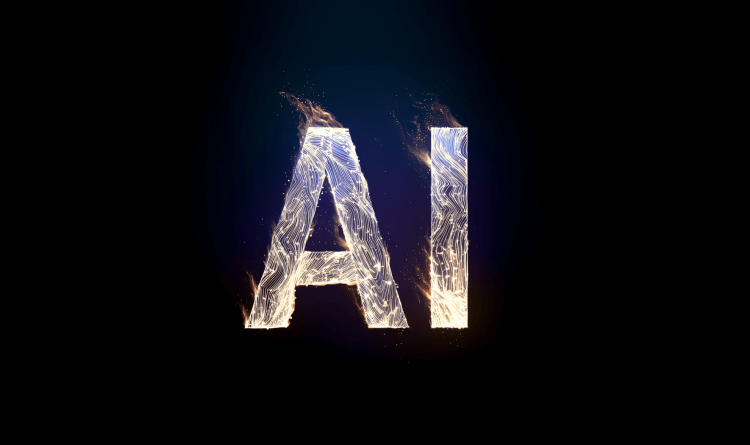SIEM, short for Security Information and Event Management, is a cybersecurity solution that aggregates and analyzes security data from across an organization’s IT infrastructure in real time. SIEM systems centralize the collection of logs and security events from sources such as endpoints, servers, firewalls, cloud services, and applications, enabling security teams to detect threats, investigate incidents, and meet compliance requirements.
By correlating data from multiple systems, SIEM platforms help identify suspicious patterns and trigger alerts that might otherwise go unnoticed in isolated logs. Modern SIEM tools also incorporate machine learning and threat intelligence to improve detection accuracy and reduce false positives.
What is SIEM?
A SIEM is a centralized platform that collects, normalizes, stores, and analyzes security-related data. It ingests logs and events from across an organization’s environment, applying correlation rules and analytics to detect potential security threats. SIEM tools typically offer:
- Log management: Aggregating logs from various data sources in a standardized format
- Event correlation: Linking related events across different systems to detect patterns
- Alerting: Notifying analysts when predefined conditions or anomalies are met
- Dashboards and visualization: Presenting trends, KPIs, and threat insights for investigation
- Forensics and auditing: Providing historical data for incident response and regulatory reporting
- Compliance support: Enabling evidence collection and control mapping for standards like PCI-DSS, HIPAA, and GDPR
SIEM platforms serve as the backbone of Security Operations Centers (SOCs), enabling continuous monitoring and efficient response.
Why SIEM matters
With today’s growing attack surface—spanning cloud, on-prem, hybrid environments, and remote workforces—organizations need centralized visibility into security activity. SIEM systems provide this visibility while supporting rapid detection and investigation of threats.
Key benefits include:
- Threat detection: Identify suspicious activity, lateral movement, and policy violations
- Incident response: Enable faster triage and root cause analysis
- Security operations efficiency: Centralize logs and reduce noise with automated alerting
- Audit readiness: Generate reports for compliance and governance
- Risk management: Understand trends, user behavior, and threat exposure across environments
Without a SIEM, organizations may struggle to see the full picture of their security posture or correlate threats across multiple layers.
SIEM in cloud-native environments
As organizations adopt cloud-native and hybrid architectures, SIEM tools must evolve to ingest and analyze data from:
- Cloud platforms like AWS, Azure, and Google Cloud
- Kubernetes clusters and container runtimes
- Serverless functions and managed services
- SaaS applications and identity providers
Modern SIEM solutions support cloud integrations through API connectors, cloud-native telemetry ingestion (e.g., CloudTrail, VPC Flow Logs), and compatibility with container orchestration platforms.
SIEMs can also integrate with Infrastructure as Code (IaC), CI/CD pipelines, and cloud access logs to enhance visibility into how cloud infrastructure is configured, accessed, and potentially abused.
Challenges of traditional SIEM solutions
Despite their value, traditional SIEM systems have limitations:
- Scalability issues: Handling massive log volumes from cloud-native systems can strain legacy platforms
- High operational overhead: Tuning correlation rules and maintaining integrations can be time-consuming
- Alert fatigue: Excessive or low-quality alerts lead to burnout and missed incidents
- Data storage costs: Storing and retaining large amounts of log data can become costly
- Limited context: Without enrichment, raw log data may lack the context needed for effective triage
To address these issues, next-gen SIEMs are adopting cloud-native architectures, advanced analytics, and integrations with Extended Detection and Response (XDR) platforms.
SIEM vs. XDR
While both SIEM and XDR aim to detect and respond to threats, they differ in scope and approach:
- SIEM is broader, focusing on centralized log management, compliance, and detection across a wide range of data sources
- XDR typically integrates endpoint, network, identity, and cloud telemetry into a unified detection and response platform
Some organizations use both in tandem, leveraging SIEM for logging, compliance, and historical analysis, and XDR for real-time detection and response.
How Orca Security helps
The Orca Cloud Security Platform integrates with SIEM solutions to enhance threat detection and provide rich, contextual insights into cloud risks. By scanning cloud workloads, configurations, identities, and data, Orca produces high-fidelity alerts that can be sent to SIEM platforms such as Splunk, IBM QRadar, and Azure Sentinel.
Key capabilities include:
- Prioritized alerts: Reduce SIEM noise by sending only high-risk findings backed by holistic risk analysis and Reachability Analysis
- Contextual enrichment: Include asset metadata, identity paths, and attack surface data with each alert
- Comprehensive multi-cloud visibility: Gain complete coverage and comprehensive risk detection across AWS, Azure, Google Cloud, Oracle Cloud, Alibaba Cloud, and Kubernetes.
- Faster investigation: Empower SOC teams with deeper context to accelerate incident response
With Orca, SIEM tools become more actionable, enabling security teams to focus on the alerts that truly matter.




